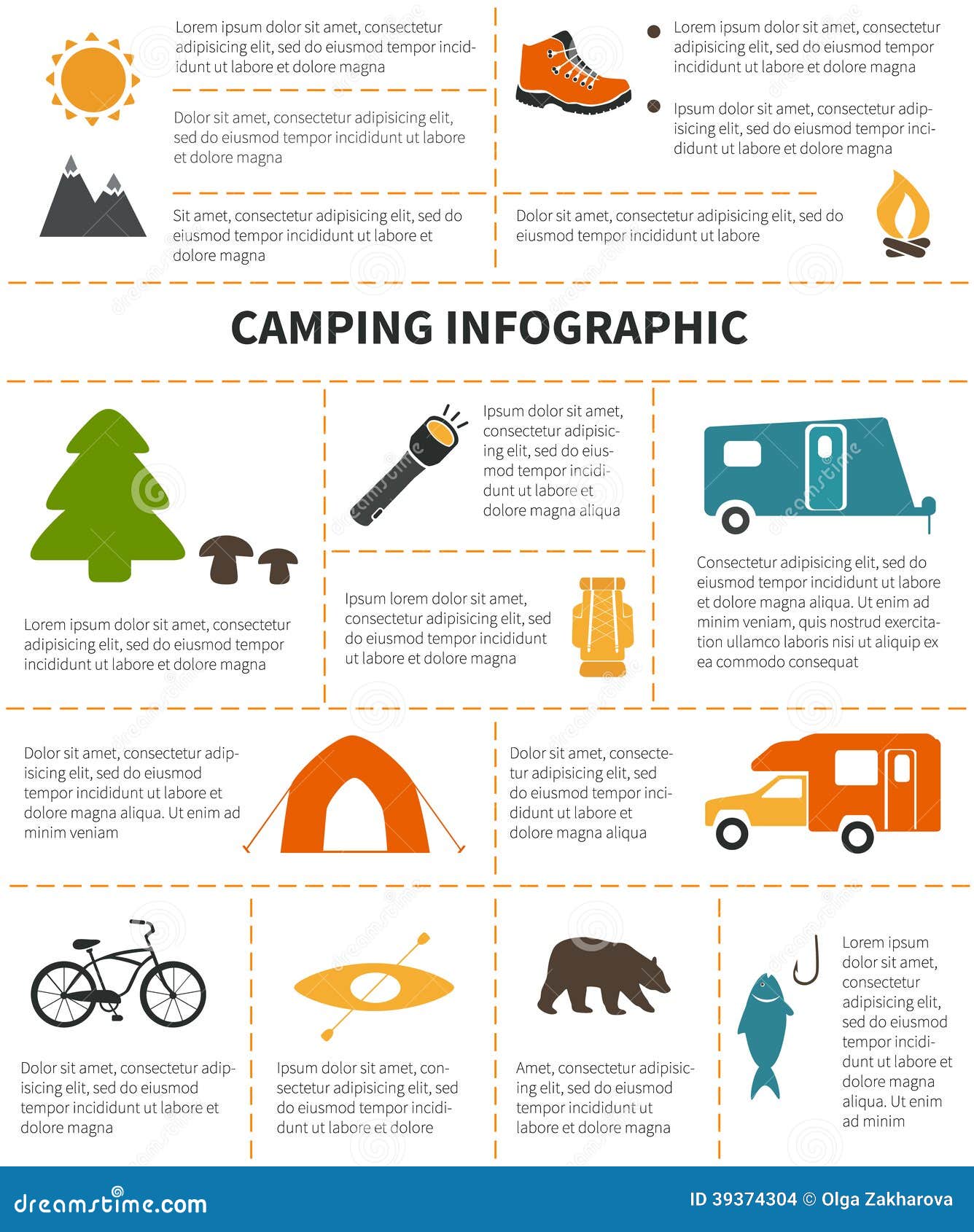Polyester textile locates a varied series of applications throughout the garment industry. Whether you're an artist looking for a secure paint surface or a producer looking for strong ornamental materials, polyester canvas supplies the appropriate equilibrium of stamina, flexibility and environmentally friendly qualities.
Nevertheless, some people choose cotton for its breathability and softness. Garment designers might wish to consider a 50/50 Cotton/Polyester blend for projects that call for both sturdiness and convenience.
Expense
Cotton canvas is a lot more expensive than polyester due to its resource-intensive growing process. It additionally needs careful handling and storage space to maintain its quality gradually. These included expenditures can increase the total price of manufacturing for musicians and producers.
One more drawback to cotton canvas is its vulnerability to fading and damages from UV direct exposure. This can bring about decreased shade vibrancy gradually and a loss of structural integrity, especially in areas that experience constant contact or hefty load-bearing.
In comparison, polyester is an artificial fiber that's crafted for uniformity and durability. This makes it an extra affordable selection for suppliers and purchasers, particularly in locations where longevity is a leading concern. The product's stamina likewise offers improved resistance to wrinkles and cracking gradually. The artificial nature of polyester, however, can leave a bigger ecological impact than cotton canvas if it's not sourced from organic or low-impact systems. This is a crucial factor to consider for organizations pursuing sustainability and eco-conscious branding.
Sturdiness
In the marketplace for canvas rolls, customers encounter a variety of options with completing priorities. Cotton provides all-natural structure and breathability, perfect for brands focused on sustainability and craftsmen workmanship. Polyester, on the other hand, provides a balanced combination of stamina and security and printing efficiency with color vibrancy and sturdiness.
Inevitably, the textile you choose for your items should reflect the assisting concepts of your brand name tale and values. While cotton can offer a costs aesthetic, it's additionally prone to contraction and maintenance expenses, while polyester enables far better production efficiency and long-term cost performance.
Both materials are durable and carry out well in moist atmospheres, but their different qualities make them appropriate for different canvas tarp applications. Cotton canvas is extra breathable, minimizing the threat of mold and mildew in locations with high humidity. Polyester, on the other hand, is waterproof and dries out swiftly in atmospheres where dampness can be problematic. This can minimize the threat of wetness build-up in the textile, preventing warping or rot in your item with time.
Comfort
When examining material options for your brand name-- whether you're starting a workwear line or a comfy loungewear brand name-- the sort of cotton or polyester canvas you pick effects exactly how your products look, really feel, and use. While all canvas types support print-on-demand and offer high shape security, they vary in color discussion and printing sturdiness, comfort, and sustainability.
Cotton and cotton-polyester blends use a soft texture, natural organic look, and remarkable heat balance compared to synthetic alternatives. Cotton's fibers wick moisture far from the skin and allow heat to get away, making it perfect for garments that needs prolonged wear in cozy atmospheres.
On the other hand, polyester's synthetic nature and petroleum-based production process have an unfavorable energy balance, which can make it less eco-friendly than cotton in the long run. Polyester's abrasion resistance and water-repellency are outstanding, nonetheless, which makes it the excellent choice for hefty lots or severe climate condition like rainstorms or aquatic setups.
Environmental Influence
Whether selecting cotton or polyester, the optimal material for custom-made production depends on product efficiency objectives. Toughness, resilience, and durability are all important elements when creating items that will certainly endure repeated abrasion, hefty load-bearing, or high tension factors. Water resistance, seam integrity, and UV security are likewise critical to lasting success in outdoor and moist environments.
While both textiles can carry out well in these areas, their environmental effect is slightly various. Cotton's all-natural, breathable construction needs dramatically more resources for growing than polyester's artificial fibers.
When selecting an ecologically lasting fabric, think about a variety of impact assessment approaches to gauge the full ecological impact of your product. Some focus on certain impacts (like global warming potential, water use, and shortage) while others depend on even more holistic evaluations like Dish, ILCD, CML, and Eco-indicator 99.
